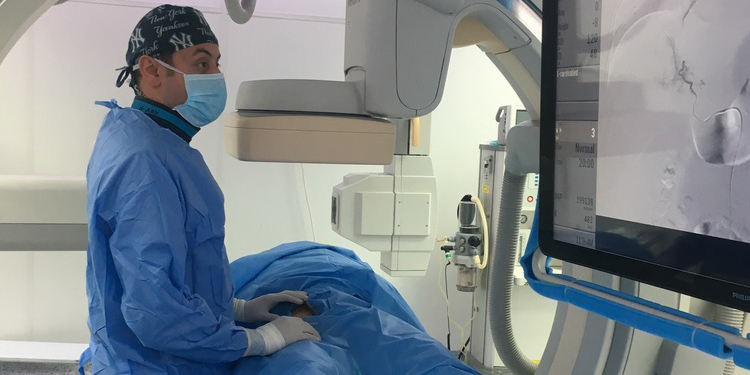
A biopsy is a process of taking a sample piece from any tissue or tumor in the body for diagnostic purposes.
In the past, most of these procedures were performed with open surgery, and nowadays, with the help of imaging methods, they are entered through very small holes in the skin and made through thin needles.
Interventional radiology is among the most common procedures of the department.
Thyroid, breast, lymph node, muscle, and bone, such as superficially located tissues, lungs, liver, kidney, pancreas, and all the tumors originating from these tissues can be sampled.
Although the sampling needles are called thin and thick, the diameter of the thick needles is about 1 mm.
In our department, thyroid gland nodule sampling is performed as a fine-needle aspiration biopsy and other biopsies are performed like a thick needle biopsy.
In all procedures, the procedure is started by numbing the skin entry region and internal pain biopsies are performed under sedoanalgesia (mild drowsiness), thus reducing the pain and anxiety of the patient.
All biopsy procedures are performed with imaging.
The most common biopsy is ultrasound and computed tomography, and the entire course of the needle to the target tissue can be safely seen.
Thus, compared with blinded biopsies, the rate of complications (undesirable side effects due to the procedure) is significantly reduced.
After all biopsy procedures, patients are kept under observation for several hours and then discharged on the same day.
